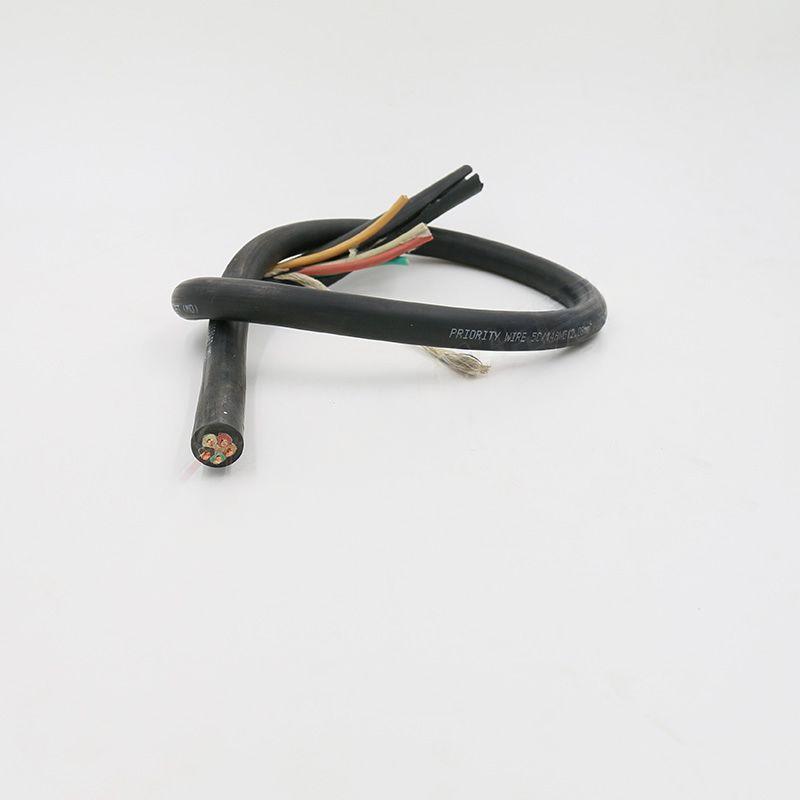10 月 . 02, 2024 13:32 Back to list
Double Sphere Flange Rubber Joint for Versatile and Efficient Piping Solutions
Understanding Double Sphere Flange Type Rubber Joints
In the realm of mechanical engineering and fluid transfer systems, the components used to connect pipes and machinery play a critical role in both performance and longevity. One such component, the double sphere flange type rubber joint, is increasingly recognized for its versatility and efficiency. This article delves into the features, benefits, applications, and installation considerations of this important joint.
What is a Double Sphere Flange Type Rubber Joint?
A double sphere flange type rubber joint is a flexible connector that consists of two rubber spheres connected by a cylindrical body, with flanges on either end. This design allows for angular deflection, axial movement, and lateral displacement. The two spheres enable the joint to absorb shock and vibrations, which helps in reducing the stress transferred to connected pipes and equipment. The flanged ends facilitate easy installation and replacement, making it a favored choice among engineers.
Key Features
1. Flexibility and Elasticity The rubber material provides exceptional flexibility, allowing for movement in multiple directions. This is particularly essential in systems where thermal expansion and contraction occurs.
2. Vibration Absorption The double sphere design effectively dissipates vibrations, protecting connected equipment from damage and extending their service life.
3. Corrosion Resistance Rubber is inherently resistant to many chemicals, which makes these joints suitable for use in corrosive environments often found in wastewater treatment and chemical processing.
4. Easy Installation With flanges on both ends, installation requires minimal tools and effort compared to other types of joints, such as welded connections.
5. Reduced Noise The material and design work together to minimize noise generated by fluid motion or mechanical interference, making it suitable for noise-sensitive applications.
Applications
Double sphere flange type rubber joints are used in a variety of applications across different industries
double sphere flange type rubber joint

- HVAC Systems They are commonly used in heating, ventilation, and air conditioning systems to connect ducts while allowing for movement due to thermal changes.
- Pumping Stations In water and wastewater management, these joints are used to connect pipelines to pumps, helping to mitigate vibrations that can harm the system.
- Industrial Processes Chemical and petrochemical facilities often employ these joints to allow for movement and absorption of shocks in fluid transfer systems.
- Marine Applications In shipbuilding and marine engineering, rubber joints help in reducing the stress on pipes caused by vessel movement.
Installation Considerations
While double sphere flange type rubber joints are designed for ease of installation, there are key considerations to ensure optimal performance
1. Alignment Accurate alignment of flanges is crucial to avoid undue stress on the rubber and to prevent premature failure. Ensure that the connecting pipes are in alignment before installation.
2. Torque Specifications Follow manufacturer guidelines regarding torque specifications when fastening bolts to prevent over-compression of the rubber, which can lead to degradation.
3. Supporting Load Ensure that the joint is appropriately supported to handle the weight and movement of the connected pipes. Improper support can lead to sagging or misalignment.
4. Inspection Regular inspections are important to check for wear and tear, especially in environments where chemical exposure is likely.
Conclusion
The double sphere flange type rubber joint is an innovative solution built for flexibility, efficiency, and durability. Its unique design makes it a vital component in numerous applications across various industries. By recognizing its benefits and understanding proper installation practices, engineers and technicians can significantly enhance the performance of their systems while extending the service life of connected equipment. As industries continue to evolve, the demand for reliable and efficient components like rubber joints will remain a cornerstone in modern engineering practices.
Share
-
Understanding the Differences Between Wafer Type Butterfly Valve and Lugged Butterfly ValveNewsOct.25,2024
-
The Efficiency of Wafer Type Butterfly Valve and Lugged Butterfly ValveNewsOct.25,2024
-
The Ultimate Guide to Industrial Swing Check Valve: Performance, Installation, and MaintenanceNewsOct.25,2024
-
Superior Performance with Industrial Swing Check Valve: The Essential Valve for Any SystemNewsOct.25,2024
-
Industrial Swing Check Valve: The Ideal Solution for Flow ControlNewsOct.25,2024
-
You Need to Know About Industrial Swing Check Valve: Functionality, Scope, and PerformanceNewsOct.25,2024